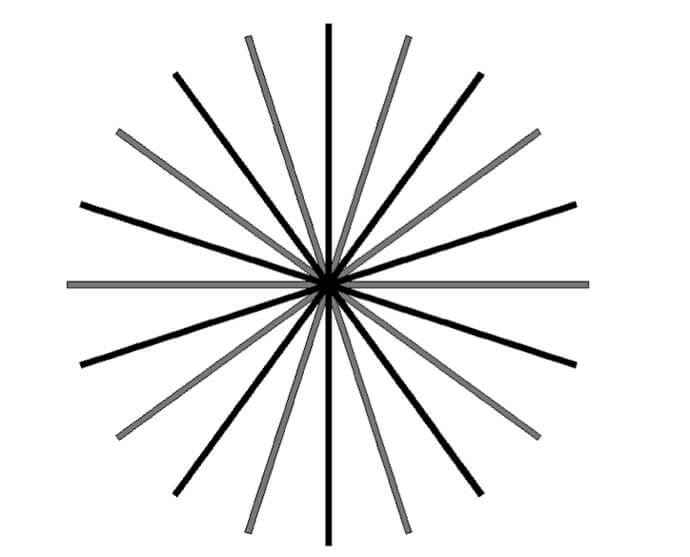Balance
In addition to the elements of art, there are a number of additional principles artists use when creating an artwork. These are called the principles of design. The principles of design can be understood as guidelines that artists might use. Artists can choose to accept or reject the principles, thus changing the effect of the work. This module, along with the following three lessons, will discuss the principles of design at length.
The principle of balance refers to the equal distribution of elements throughout a composition. Balance can be achieved in three ways, symmetrical balance, asymmetrical balance , or radial balance. Symmetrical balance occurs when the same elements are used on both sides of an imaginary, central line through the piece. The line can be vertical or horizontal.

Fig 4.2. The Good Shepherd, Mausoleum of Galla Placidia, Ravenna.
Image courtesy of Wikimedia Commons.
When elements are arranged so that their visual weight is equal on both sides of a central line, but the elements on each side are different, this is called asymmetrical balance. Radial balance can be achieved by arranging objects or elements evenly around a central point. Figure 4.3 demonstrates asymmetrical balance. Although there are more boxes on the right, they "weigh" about the same as the single box on the left.

Fig 4.3. Asymmetrical Balance.
Image courtesy of Daniel B. Chapman.
Figure 4.4 demonstrates radial balance. The lines spread evenly from the central point.

Fig 4.4. Radial balance.
Image courtesy of Daniel B. Chapman.
Header Art Image Courtesy of Wikimedia Commons.
